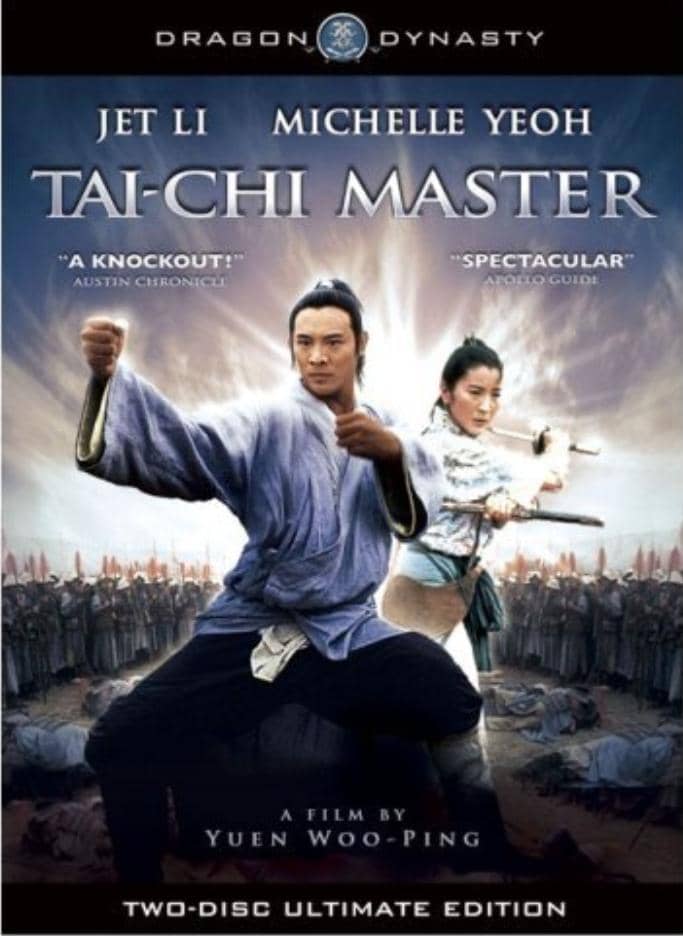The Origins of Tai Chi
Tai Chi, or Tai Chi Chuan, is a traditional Chinese martial art that has its roots in ancient China, dating back to the 12th century. It is believed to have been developed by Chen Wangting, a royal guard of the Chen village in Henan province.
The art form evolved over centuries, incorporating elements of Chinese philosophy, particularly Taoism and Confucianism.
These philosophies emphasize harmony, balance, and the interconnectedness of all things, which are fundamental principles in Tai Chi practice. Over time, various styles emerged, including Yang, Wu, Sun, and Hao, each with its unique characteristics and techniques, but all sharing the core principles of fluid movement and internal energy cultivation.
At the heart of Tai Chi lies the concept of “yin and yang,” representing the duality of nature. This philosophy teaches that opposites can coexist and complement each other, a principle that is crucial in Tai Chi practice.
Masters of Tai Chi harness this duality by employing soft, flowing movements to counteract the hard, aggressive tactics of an opponent.
The idea is not to confront force with force but to use the opponent’s energy against them, making Tai Chi a highly effective martial art despite its gentle appearance.
This approach requires a deep understanding of body mechanics, timing, and spatial awareness, which are cultivated through years of practice.
A Tai Chi master is not just a skilled practitioner but also a teacher and a philosopher. They embody the principles of Tai Chi in their daily lives, demonstrating the art’s benefits beyond combat.
Masters often emphasize the importance of mindfulness, breath control, and mental focus, which enhance both physical and emotional well-being. They guide students through the intricate movements and forms, ensuring that practitioners develop a strong foundation in the art.
A master’s ability to read an opponent’s intentions and movements is a testament to their extensive training and experience, allowing them to respond with precision and grace.
Tai Chi masters utilize a variety of techniques that highlight the art’s unique approach to combat.
One of the most notable techniques is “peng,” which refers to the ability to maintain an energetic, buoyant structure while remaining relaxed. This allows practitioners to absorb and redirect an opponent’s force.
Other techniques include “lu” (rolling back), “ji” (pressing), and “an” (pushing), each designed to exploit an opponent’s weaknesses while maintaining balance and stability.
The mastery of these techniques enables a Tai Chi practitioner to defeat stronger opponents by using strategy, timing, and the element of surprise rather than brute strength.
Beyond its martial applications, Tai Chi offers numerous health benefits, making it popular among people of all ages. Regular practice improves flexibility, balance, and coordination, reducing the risk of falls and injuries, particularly in older adults.
Additionally, Tai Chi promotes relaxation and stress reduction, contributing to overall mental well-being.
The meditative aspects of the practice enhance focus and clarity, fostering a sense of inner peace. As more people recognize the holistic benefits of Tai Chi, its popularity continues to grow worldwide, transcending cultural boundaries and appealing to those seeking both physical fitness and spiritual growth.
Through the teachings of Tai Chi masters, practitioners can unlock the profound wisdom of this ancient art, applying its principles to combat, health, and daily life.

